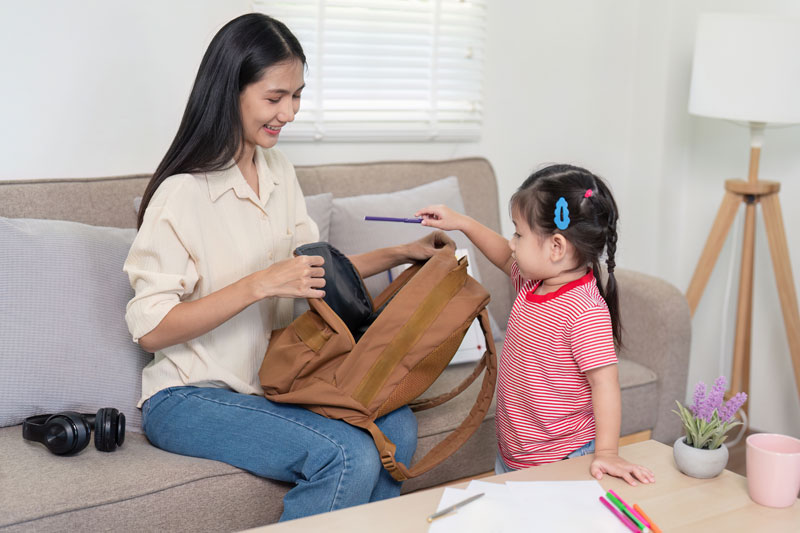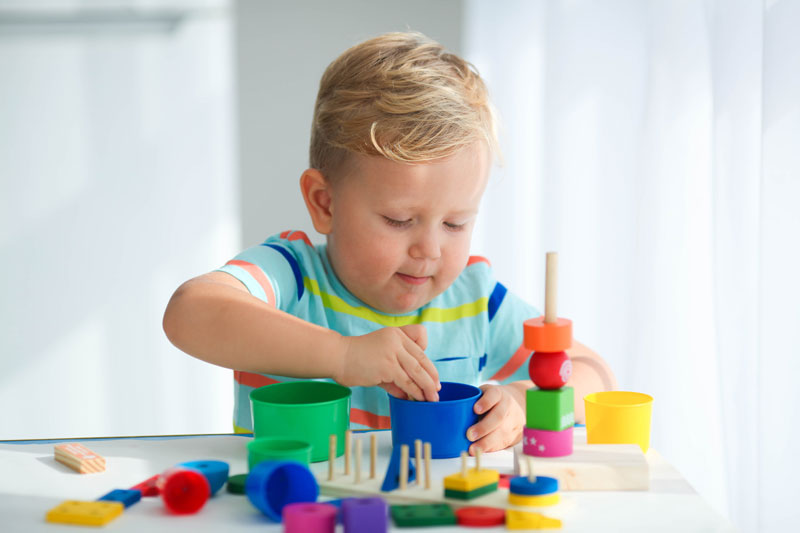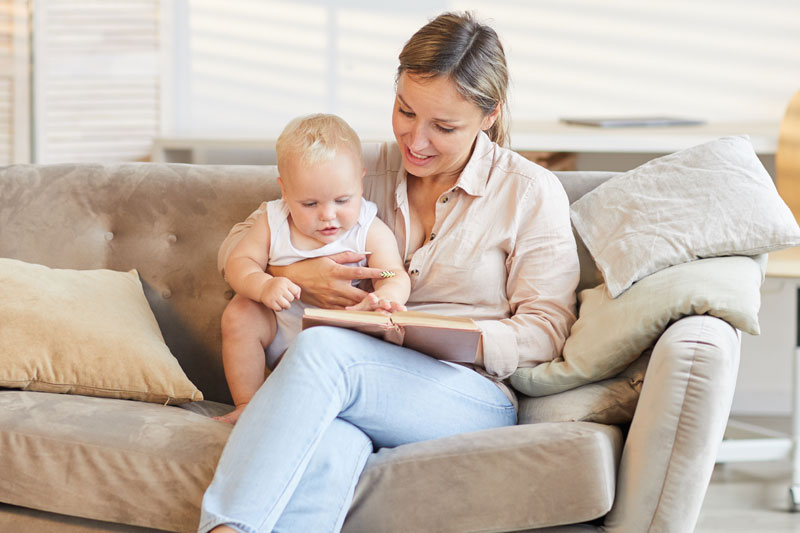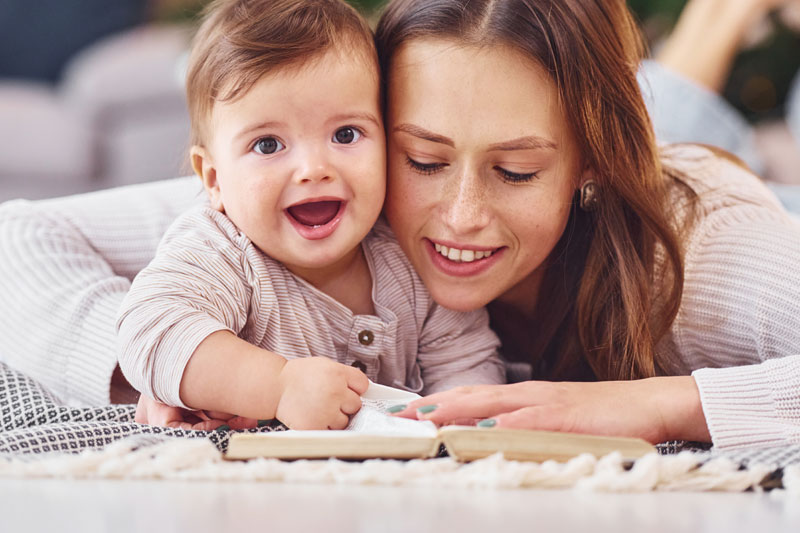Potty Training Boys vs Girls: Practical Guidelines for New Mothers
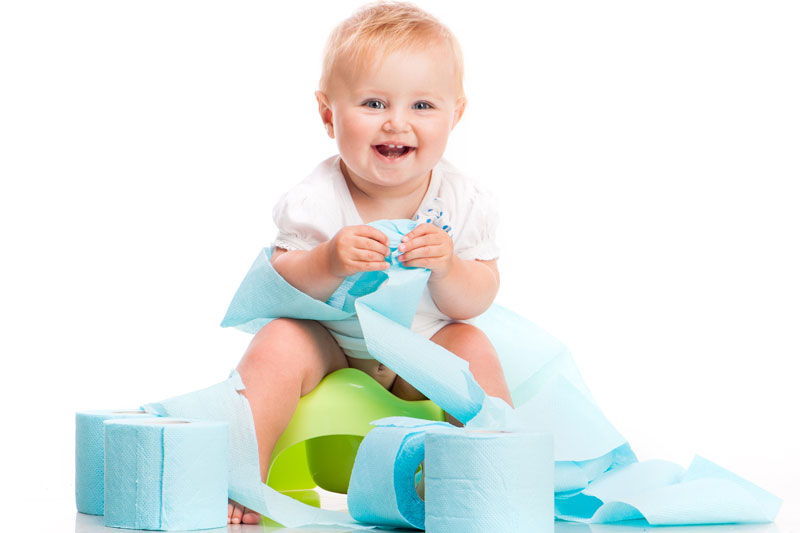
Potty training is one of the most important milestones in a child’s early development, and it can feel overwhelming. While some toddlers can learn quickly, others may need more time, guidance, and patience. That is why potty training is challenging, although potty training boys can be slightly different from potty training girls.
It’s also helpful to remember that the parenting approaches at home can influence your child’s overall readiness.
1. The Difference Between Potty Training Boys and Girls
Potty training boys and girls is different due to various factors. First of all, boys need a little extra effort to direct their pee to the toilet bowl. Meanwhile, girls need to learn how to wipe from front to back to maintain proper hygiene.
Boys stand and girls sit when they are peeing. However, most boys usually start learn to go potty by sitting down first. Therefore, parents need to teach them how to position their penis when peeing to avoid making a mess. This is one of the reasons why potty training boys can be more challenging.
Boys generally start later and take longer to potty train compared to girls. Additionally, girls tend to potty train faster because they can stay on task and focus on potty training. Meanwhile, boys may take longer to potty train because they may be easily distracted and jump to different activities.
2. When is the Right Time to Start Potty Training?
This is the most common question parents ask, and the answer is pretty simple. When your child shows signs of readiness. Toddlers typically start showing interest in toilet training between 18 months and 3 years old. However, the timeline can vary greatly.
These are five common signs to look for to determine whether your toddler is ready for potty training.
- Their nappies are dry for at least one or two hours at a time.
- They understand when they are peeing and may tell you when they’re doing it.
- They feel uncomfortable with a wet nappy and may pull it, take it off, or ask you to change their nappy.
- They are fidgeting or going somewhere hidden when they feel like they need to go to the toilet.
- They know when they feel like they want to pee and may let you know in advance.
The potty training process is usually easier and quicker when the toddler is already at the stage where they understand that they want to pee and let you know in advance. Some signs of readiness also overlap with general developmental indicators. Knowing what to look for can help you decide if your child is ready for bigger steps, such as starting school.
3. Tips and Techniques for Effective Potty Training
Once your child is ready, you can start potty training. However, keep in mind that you will need to be patient and consistent. Start by creating a routine by encouraging your child to use the potty at regular times. For example, after meals, before naps, or after waking up.
Dressing your child in clothes that are easy to remove, such as pants with loose elastic, can help avoid frustration during potty time. They are easier to remove, so your children can go to their potty chair as soon as they feel the need to use the bathroom.
Don’t forget to celebrate each bit of progress with praise or small rewards, such as stickers, to motivate them. However, never punish accidents, as this may make them afraid to tell you if they need to use the bathroom.
4. Common Challenges and How to Overcome Them
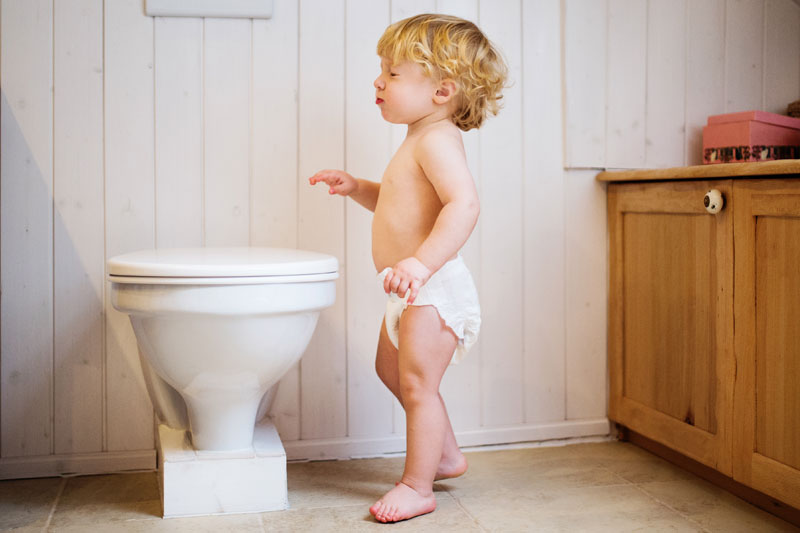
Potty training boys and girls can be challenging because some toddlers resist the process altogether. If your child refuses to sit on the potty, make the experience less intimidating by letting your child choose their potty seat or help them decorate it with stickers.
Another common issue is that your child is afraid of the flushing process because they worry about being sucked into the toilet. Let them try flushing a piece of toilet paper to give them a feeling of control. This will help them overcome their fear as they begin to understand the sight of things disappearing after flushing.
Some toddlers also get upset when they see their waste flushed away. While it may sound funny, it can be frustrating during potty training. Explain what body waste is and why the body needs to eliminate it through peeing and pooping.
Every parent experiences potty training differently because each child is unique. Some children can learn quickly, while others may take weeks or months. However, what matters most is that you remain calm, consistent, and encouraging throughout the process. Potty training boys may take more time, but it is achievable.
Have your potty training tips or funny toddler stories to share? We’d love to hear from you in the comments below! If you found this article helpful, please feel free to share it with other parents who are going through the same stage.

